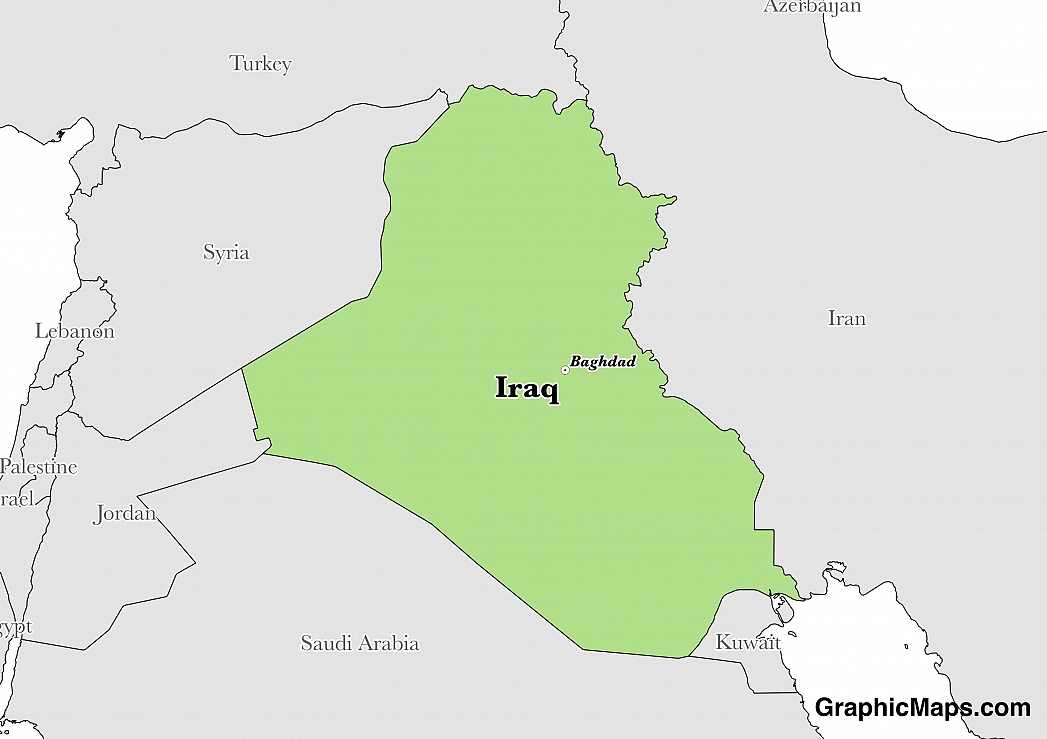The political framework of Iraq is classified as a federal parliamentary representative democratic republic and defined as a democratic, Islamic, federal parliamentary republic by the country's constitution. The state is a multi-party system with a Council of Representatives and the Federation Council holding legislative power and the Prime Minister holding executive power in Iraq. From 16 July 1979 until 9 April 2003, the country was ruled by authoritarian dictator Saddam Hussein. The current system of government in Iraq is relatively modern due to the country only recently embracing democracy.
Free elections in Iraq have taken place in 2005, 2010, and 2014 for the federal government, and in 2013 there were provincial elections held for local representatives. The 2010 national elections for the Council of Representatives saw over 11.5 million voters turn up and make their choice freely. This election decided the individuals who would become members of parliament and hold seats on the national legislative body. As far as many Iraqis were concerned, this election indeed marked the first free election in many years as a lot of citizens did not agree with the 2005 results. The last national election was held on April 30, 2014, and the next election will take place sometime in 2018.
The Council of Representatives of Iraq comprises of 328 seats and meets in Baghdad inside the Green Zone, a protected area of Baghdad. The official residence of the Prime Minister of Iraq is the Republican Palace which is in the capital city of Baghdad. This historic structure was built by King Faisal II who ruled Iraq from 1939 until 1958. In the belief that it may hold valuable documents the Green Zone was established around it and served as the primary headquarters of the 2003 American invasion.
The major political parties in Iraq in Iraq include the Islamic Dawa Party, the Supreme Islamic Iraqi Council, and the Sadrist Movement.
This page was last modified on May 1st, 2018
More on Graphicmaps

Published on 2019-11-06
What is a Trade Embargo?

Published on 2019-11-04
Which Two Countries Used to Have the Same Flag?

Published on 2019-09-16
What Is the Only Two-Sided State Flag?

Published on 2019-09-16
Which Country Flag Looks Like the Texas Flag?

Published on 2019-08-29
Flags That Resemble the US Flag

Published on 2019-08-20
